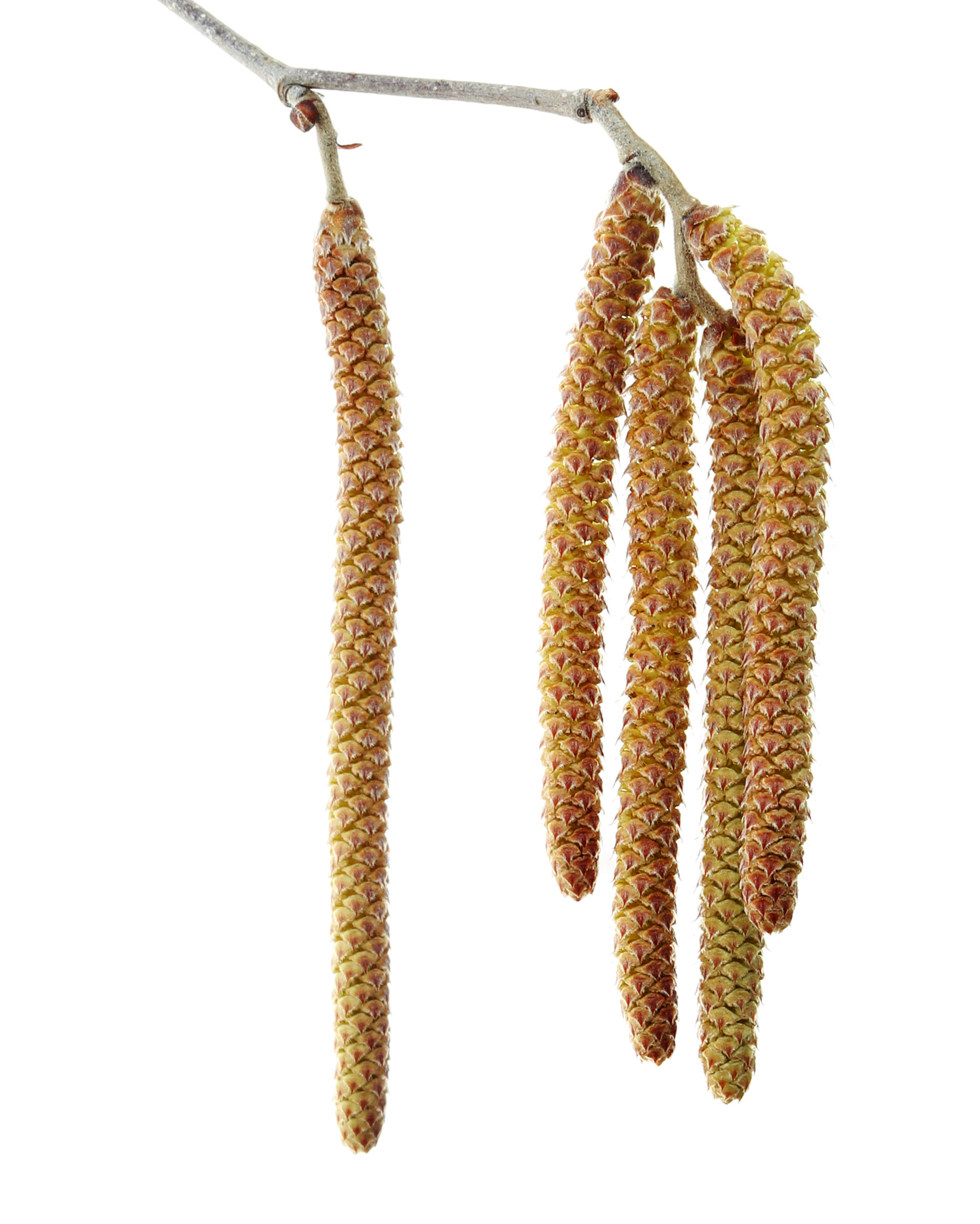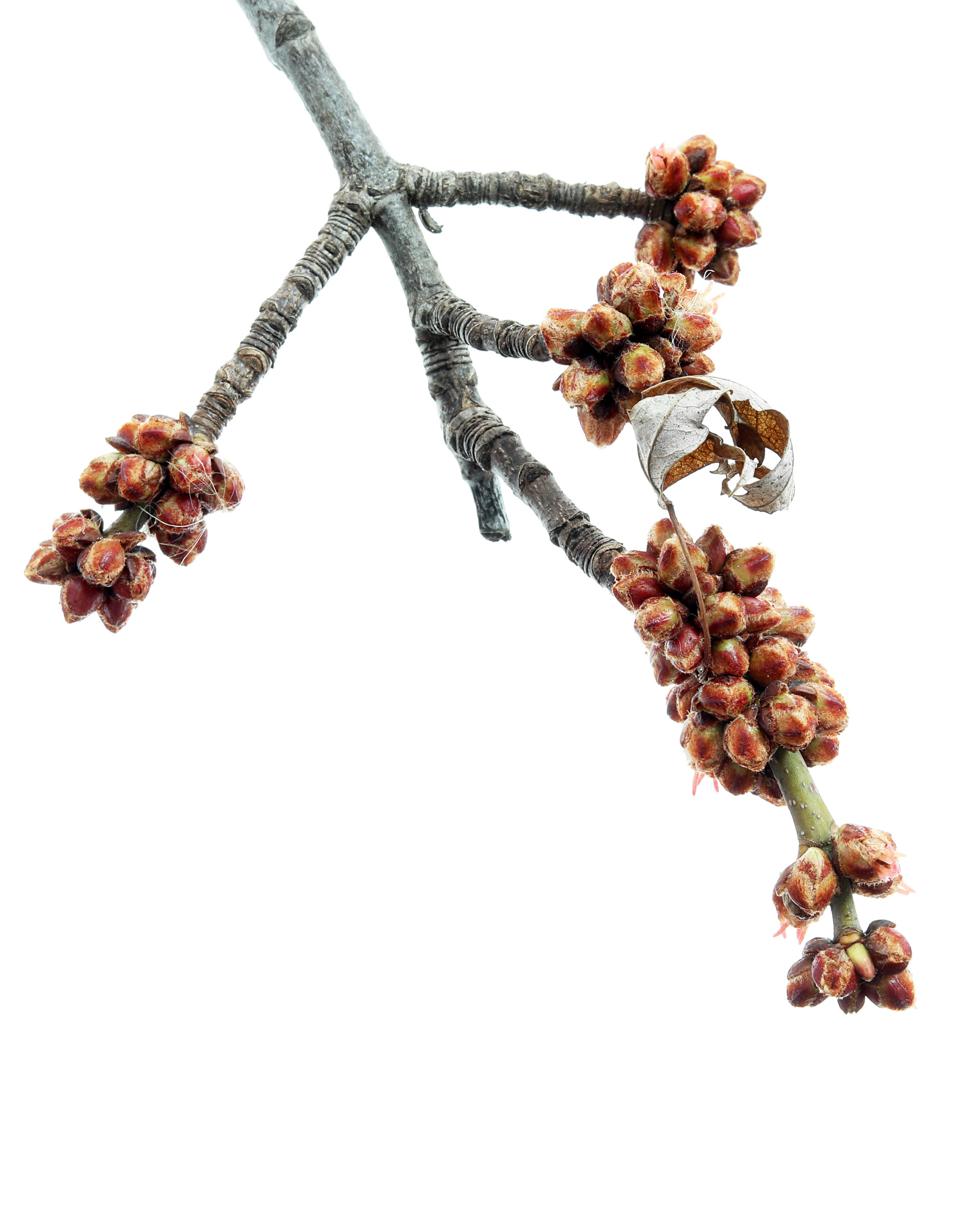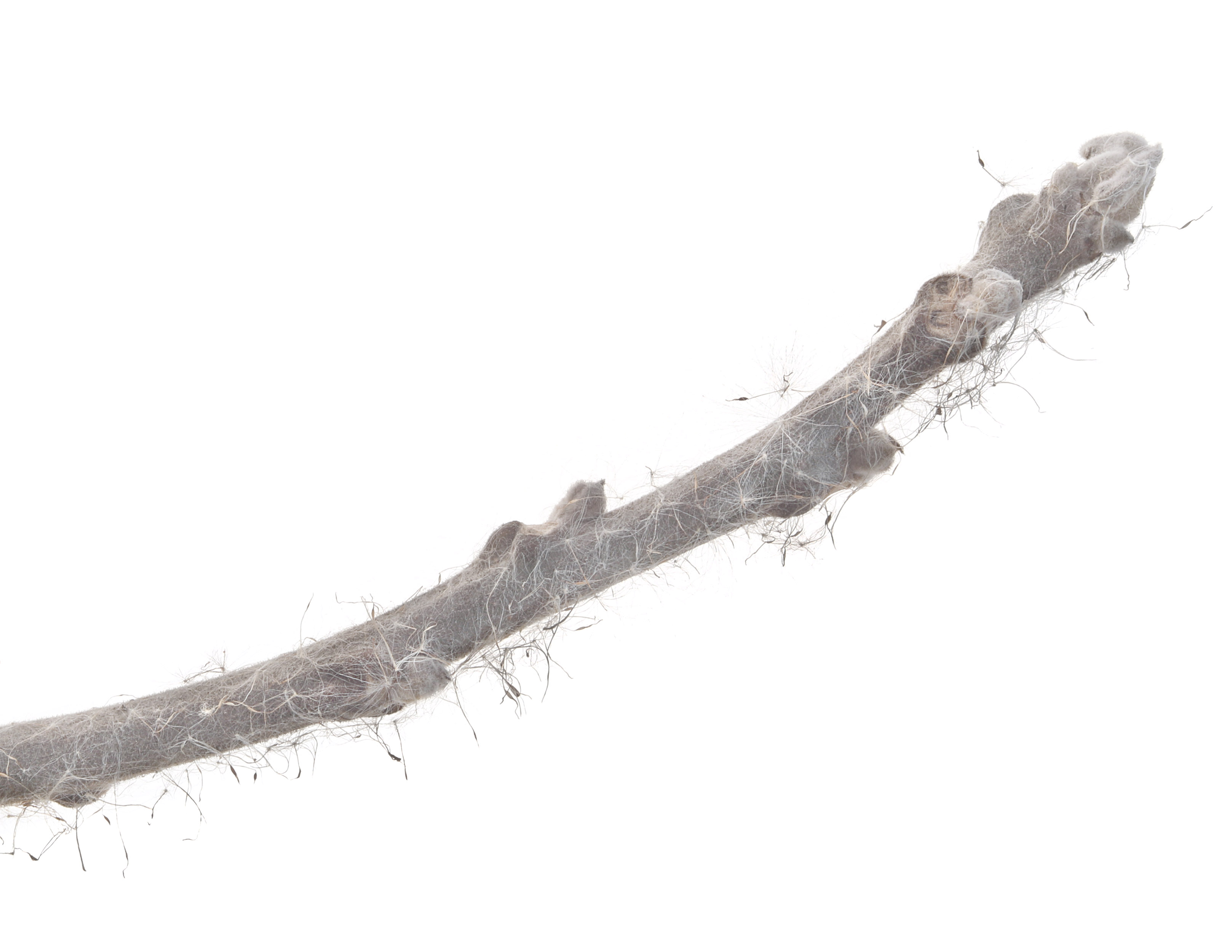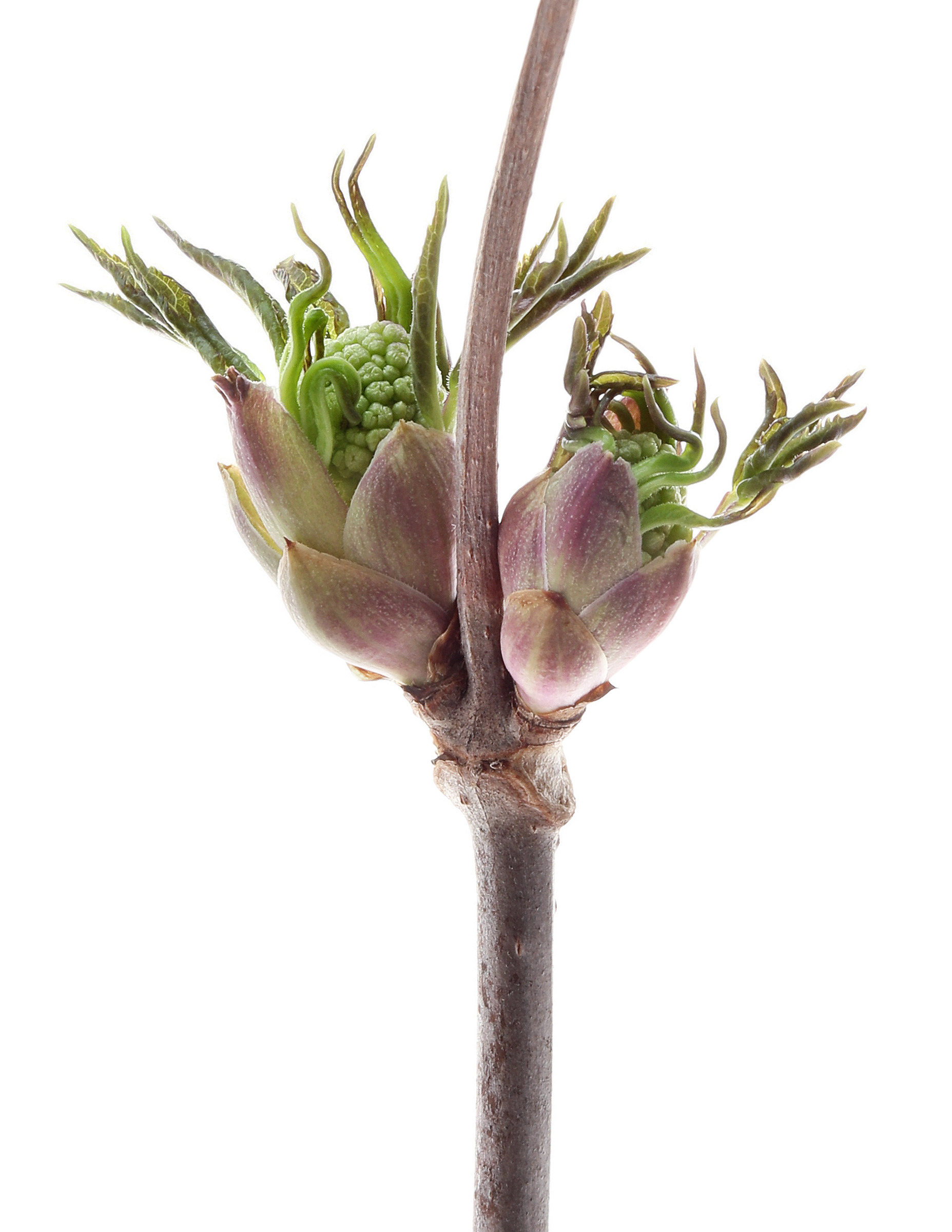
it’s party time
People seem to think autumn is nature’s party time…all those vibrant colors. But spring is the real party season. Catkins and blossoms decorating the trees, every creature under the sun mating and reproducing. Autumn is the time of dying back and winter preparedness. But spring…spring is the celebration of life, the return of the light, and hope eternal. Look up this week. The trees are starting to put out their party decorations. It’s one of my favorite times of the year: Catkin season.
speckled alder catkins (Alnus incana)

in stasis
The trees started to bud a month early, but they have since stalled out as our temps dropped back into the low 40s. Luckily they are surviving the sub-freezing nights, and have not died yet. I don’t like to think about what would happen if all the buds were to be killed by a sever cold snap now. What would there be enough nectar and pollen for the bees? Would the leaf buds and the flower buds both be affected? Would we have half the usual canopy of leaves converting our CO2 in oxygen than we normally do? So far they seem to be surviving, and the 10-day forecast is promising. Fingers crossed. These transition months are are always variable. But this one seems more wrought than most.
silver maple buds in early spring (Acer saccharinum)

all roads lead to sumac
I picked this brach today, above all the others, because of the way the over-wintered thistle fluff was sticking to the branch and catching the spring light, illuminating the branch like a lit up florescent tube. I had assumed the fluff was sticking, because the sap had started to run and the branch would be tacky to the touch. To my surprise, it was not, it was velvety to the touch. Which made me realize I had once again unwittingly picked sumac. Interestingly, staghorn sumac got it’s name because “the branches are rough like antlers in velvet”.
staghorn sumac branch in velvet with very early spring buds (Rhus typhina)

a collection of fungi
I am bouncing back and forth, here on STILL, between emergent spring buds and dried remnants of winter. Just like the weather. With the trees still being leafless, I am seeing bracket fungi everywhere–hence todays collection. Oh, I have news: one of our sandhill crane’s is back! He arrived today. We are a little worried about his partner. Last spring they arrived together. I have been googling, and they normally arrive together, but can, on occasion, arrive a few days apart. He has been calling for her all afternoon. Finger’s crossed everyone.
**For the nerds: Polypores are also called bracket fungi or shelf fungi, and they characteristically produce woody, shelf- or bracket-shaped or occasionally circular fruiting bodies that are called conks. Many polypore species are perennial, meaning they can persist and grow for multiple years. During the winter months, growth may slow down or become dormant due to environmental conditions such as cold temperatures. But when conditions become favorable again, such as with the arrival of spring and warmer temperatures, polypore fungi can resume their growth and reproductive activities.
bracket fungi (Polypores)

always first, always strange
Quick, turn away, lest you be turned to stone. This Medusa of the leaf-buds belongs to red elderflower. It is always the first plant to leaf out in my yard, oft-times weeks before all the others. Have you ever seen anything so exotic from a simple leaf bud? Interestingly, the resulting leaves are quite ordinary. So you could call this the teen-age goth period for red elderflower.
red-berried elderflower leaf buds (Sambucus racemosa)
-
Exotic and joyful! I see Steve whipping up elderberry fritters in your future :)
reply


